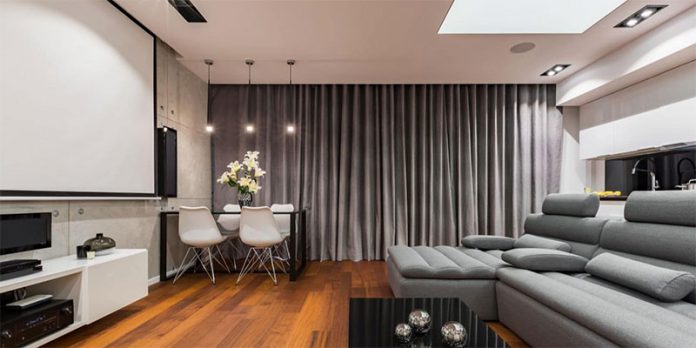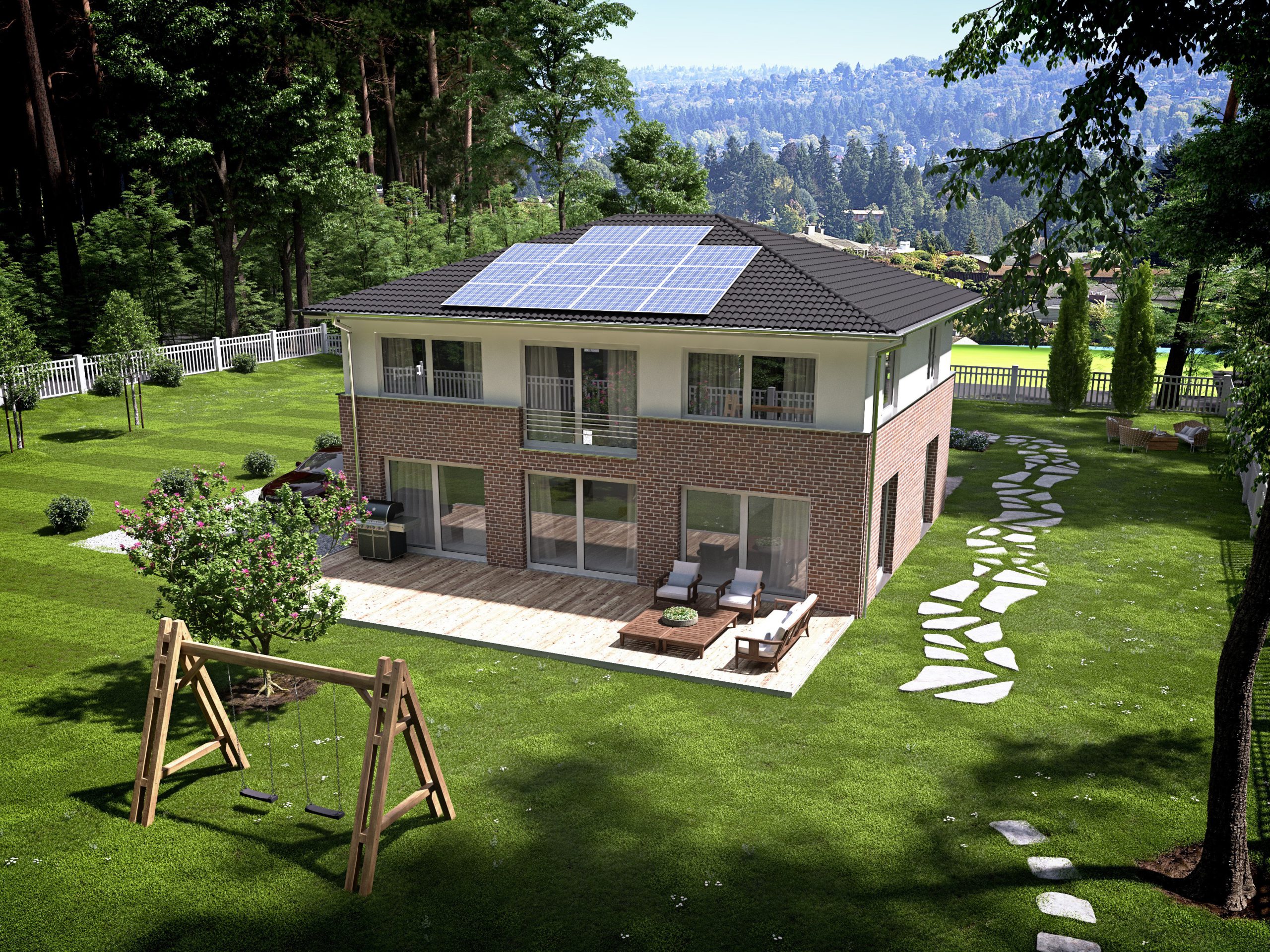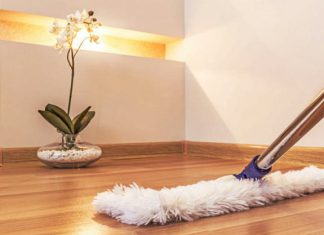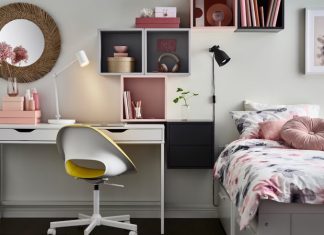Noise can be irritating
We all need a little peace in this increasingly noise world, especially in our homes. It is possible to block out the din of honking horns, airplanes, sirens, traffic, and other outdoor noise sources by soundproofing your room. It can keep the noise from disrupting your home life if the source of the noise is within the room such as band practice, television or loud sound system. Below is a detailed guide on soundproofing materials recommended by roohome.com.
The basics
Before discussing the best soundproofing materials, let us first understand what exactly soundproofing, also known as sound insulation is, and the critical role it plays in our life. Sound insulation is the means of reducing the pressure of sound concerning a specific source of noise and receptor. Soundproofing, through the use of intervening objects and distance, can reduce the transmission of unsolicited direct sound waves from the source to an unintentional listener. It is also done to block noise (sound) from leaving or entering a room with the help of materials that either absorb or reduce sound. Although it is not possible to prevent sound totally, significant noise reduction is possible.
Determining the source
Is it a specific noise that you are trying to block, as the sound from traffic, instruments running in your home or factory, or just a television? It is possible to contain this type of sound to one specific spot. The first step to concealing the sound is to identify the source, or determining the area in your room from which the sound enters.
Entry point
The point of entry is the area in your room from where the sound enters. It could be an entire existing wall like in the case of duplexes, condos, shared walls in apartments, or it may be an exact point, adjacent to the source of the sound. Unwanted noise also enters through exterior windows.
Reflection point
Once the sound enters your room, it will reflect towards the point of entry. To eliminate it you might have to do soundproofing techniques on the wall at the end of the footboard as well as the headboard.
Reducing sound
Some of the materials that are used to reduce sound include curtains, room dividers, foam, temporary walls, and thick permanent walls. Although one can use several materials to dampen sound, fiberglass and wood are often employed for making soundproofing foam. Making an airtight barrier around the curtains or walls prevents noise from getting through the air holes, reducing sound in the process. Reducing air spaces is the best way to decrease noise as it is not possible to breathe in a completely airtight room. Building two doors or two walls with an airspace in between is a commonly used sound reduction method. While the dual walls or doors provide extra material to block sound, the air space between them creates a type of bubble that and the air space in the middle creates a sort of bubble that helps to block sound.
How to soundproof your room
There are several ways to soundproof your room. Find below a couple of them.
- Hard surfaces amplify as well as reflect sounds making the room sound noisier. On the other hand, you can make your room quieter by using soft surfaces as they absorb sound. Cover walls with quilts, tapestries, moving pads, and thick blankets. Installing sound-absorbing panels on the walls is another option. They might look a bit industrial but are excellent when it comes to noise-dampening materials. Search online; you will find sound-proof wallpaper, made to dampen sounds.
- Windows, irrespective of their quality, are worthless when it comes to blocking out noise. Although you can cover your windows with blankets to block noise, it is not an attractive option. Installing noise-reducing curtains is a more beautiful and better option. The design of these heavy, thick drapes permits them to block outside noise. If the above options do not significantly dampen window noise, ponder about upgrading to window inserts. You can also opt for laminated glass. The inner layer of PVB plastic stops vibrations, and the space between the two windows (the new soundproof window and the existing window) isolates the frame from vibrations.
- Installing resilient channels (Z-shaped metal strips inserted between the drywall and the wall studs) is unarguably among the best ways for soundproofing a room. These springy and flexible channels create what is known as a decoupled wall, and block sound waves from passing through the wall effectively. However, this option is not ideal for existing rooms, since the channels must be screwed directly to the studs. You have to remove all the drywall to install them. However, resilient channels, apart from being easy and quick to install, are affordable and effectively block noise, and are perfect when adding a room into an existing one or when building a new house.
- Developed as a non-toxic replacement for lead sheeting MLV (Mass Loaded Vinyl) is the soundproofing materials of choice for industries. One can use it with industrial walls, ceilings, and floors for cost-effective and efficient soundproofing. Made of high-grade vinyl and suffused with silica or barium salts, it can protect you from disturbing noise.
- While open cell foam is used as a sound absorber closed cell foam is used as a sound absorber as well as a blocker. Available in various shapes and sizes, you can glue, or staple or pin foam to the ceiling or walls of work rooms. Apart from highly efficient for absorbing sound waves, they are cost effective as well.
- ONEX One panels apart from providing effective acoustic control in a variety of applications and environments such as multipurpose rooms, industrial facilities, and architectural projects are versatile as well. They are also available in different thickness and colors and are budget friendly too.
Other soundproofing options
Besides these economical and common soundproofing materials noise control materials, there are panels, vibration pads, insulation, green glue, foam mats, sound clips/RC channel for soundproofing windows and doors. Choose the one you want after analyzing budget considerations, the type and amount of noise, and other specific requirements.















